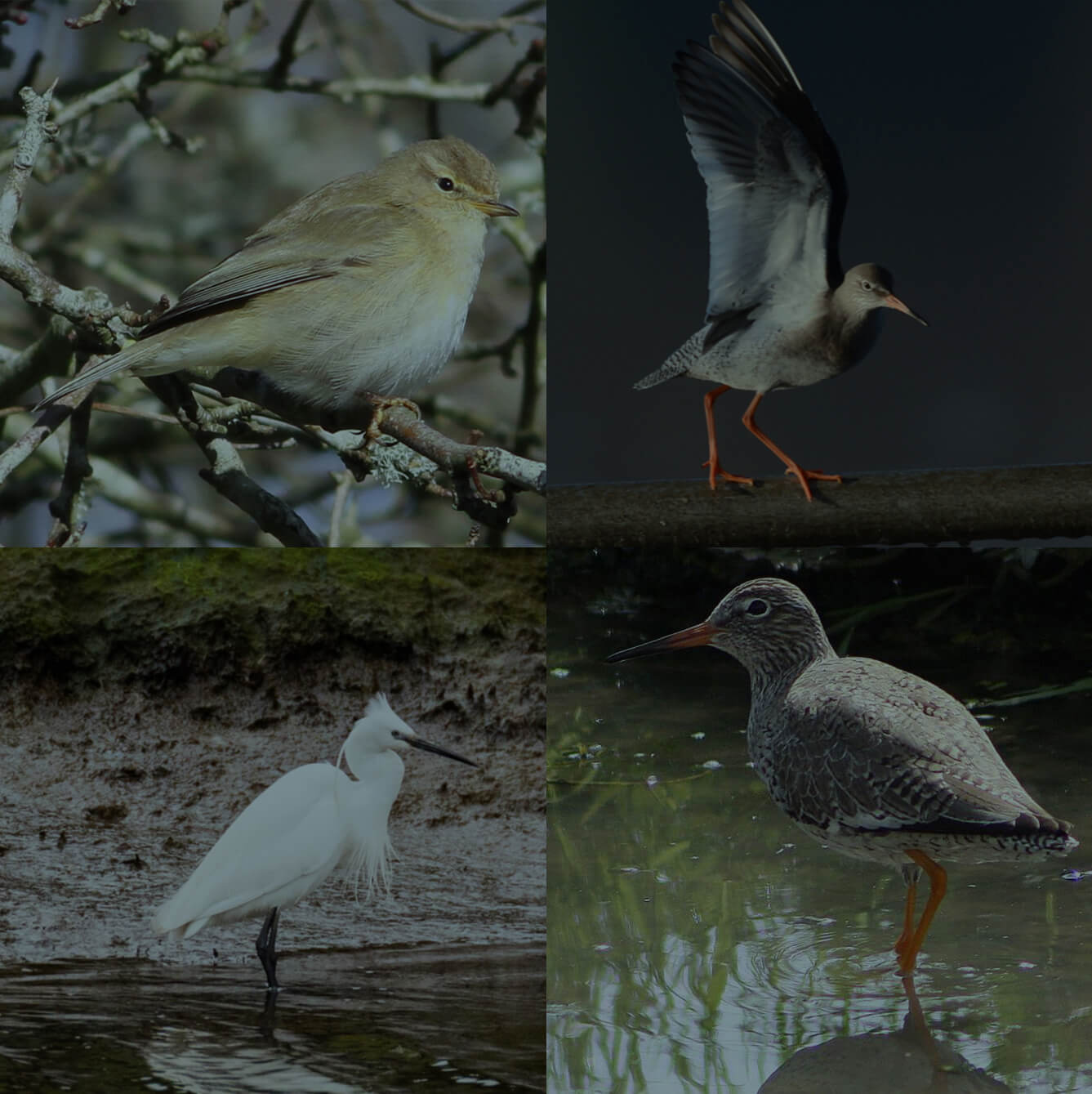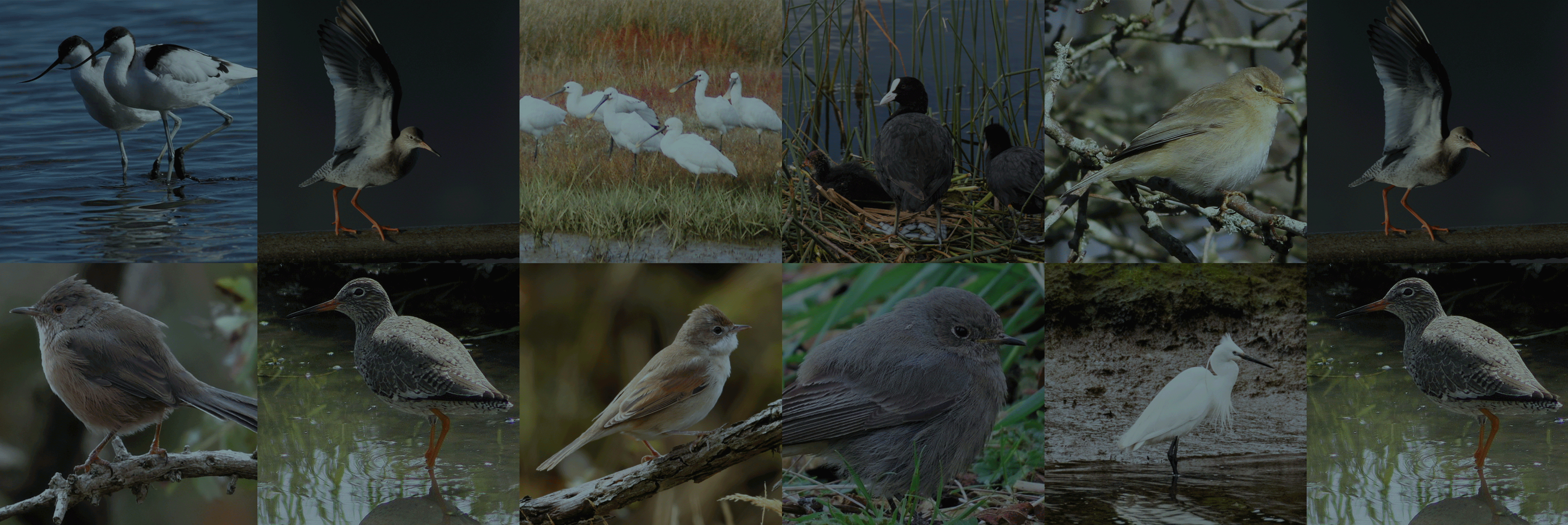As part of a new project on Kestrels, Birds of Poole Harbour are putting up 14 new Kestrel nesting boxes, kindly assembled by Men’s Shed charity and installed by Wildlife Windows, at sites around the Harbour. Locations have been identified and permissions gained from all relevant landowners, including the RSPB, Dorset Wildlife Trust, National Trust, Poole Council, Livability Holton Lee and private landowners. As availability of nest sites is thought to be limiting Kestrel breeding in the UK, these boxes should help to boost our local Kestrel population as well as giving us the opportunity to collect important data on Kestrel diet and breeding success.
Eurasian kestrel (Falco tinnunculus) (hereafter referred to as kestrel) are included on the Amber list of the UK Birds of Conservation Concern due to an estimated 46% population decline; their global numbers are also exhibiting a negative trend. Heavy pesticide use in the 1950’s – 1960’s, including organochlorines, resulted in past population declines, but it is unclear what is driving current negative population trends, including if and how they are influenced by dietary factors or nesting sites.

Male Kestrel – Wareham Water Meadows – Paul Morton
Data describing UK kestrel diet were largely collected several decades ago, and because land use has changed, as well as perhaps prey availability and climate, it’s important that recent kestrel diet data are collected if we are to have the best information on which to base conservation management for the species.
We are putting together a project to do just this in Dorset. We’ll be using a combination of traditional raptor diet analysis (identifying prey remnants in regurgitated pellets) and a relatively new technique that has not yet been used for the species, stable isotope analysis.

Unlike owls, falcons don’t tend to swallow their prey whole, and they have much stronger digestive systems. This means that pellet analysis is much more difficult and a significant prey data are often missed. Stable isotope analysis can tell us what an animal has been eating just by analysing a small piece of its tissue. Stable isotopes are “heavy” versions of elements, which are passed up the food chain. In the case of wildlife studies, we usually look at an animal’s signature of heavy nitrogen and carbon to find out what it has been eating and where. In this case, under licence from the British Trust for Ornithology, we can use small clippings of kestrel feathers to see what they have been eating and in which proportions e.g. how much of their diet is made up of mammals, birds, reptiles and invertebrates. This could be really interesting for us as it seems that some of our kestrels may be feeding largely on lizards in the breeding season – this is unusual for the UK! The stable isotope analysis will be conducted in partnership with the University of Exeter.
Keep an eye out for project updates throughout the summer!
You might also like...
Harbour Update – posted 26/07/24
It was good to get that dank, yucky murk out of the way, which allowed for some new…
Find out moreHarbour Update – posted 25/07/24
You should never right off a good days birding because of the weather, because you just never know….
Find out moreCall 01202 641 003
© 2024 Birds of Poole Harbour Registered Charity No. 1152615


